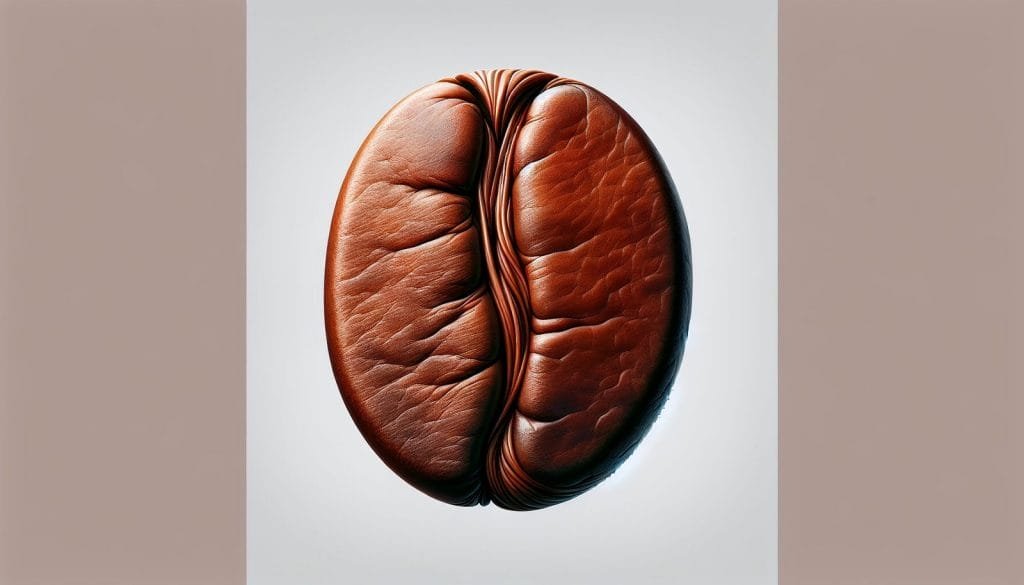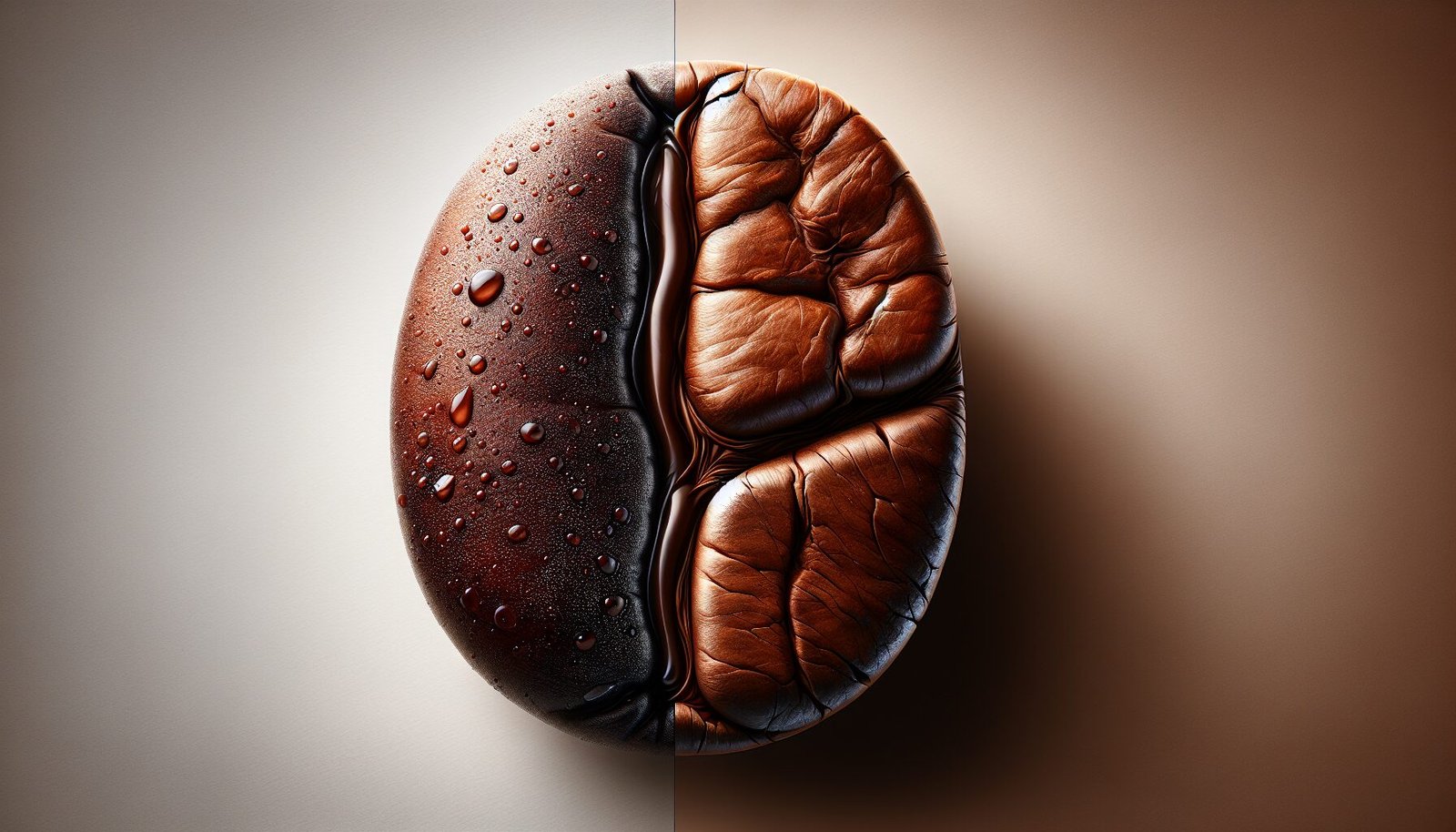In the quest for the perfect caffeine fix, coffee aficionados have long pondered the age-old question: Is one shot of espresso stronger than a cup of coffee? This article aims to unravel the complexities of this debate by examining the key differences between espresso and traditional brewed coffee. By delving into the brewing process, caffeine content, and taste profiles of these beloved beverages, you will gain a comprehensive understanding of the factors that contribute to their individual strength. So grab your favorite brew and prepare to embark on a journey through the realms of coffee chemistry and flavor exploration.

Differences Between Espresso and Coffee
Espresso and coffee are both popular beverages that share a common ingredient, coffee beans, but they differ in various aspects such as composition, preparation methods, serving size, caffeine content, taste and flavor, effects on the body, stimulation and energy boost, as well as side effects and health considerations. Understanding these differences can provide valuable insights into choosing the perfect beverage to suit your preferences and needs. In this article, we will explore these differences in detail and analyze the unique characteristics of espresso and coffee.
Composition
Coffee
Coffee is made by brewing roasted coffee beans, typically sourced from different regions around the world. The beans can vary in terms of their origin, species, and roast level, resulting in a wide range of flavors, aromas, and nuances. The brewing process for coffee typically involves steeping the coffee grounds in hot water for a certain period of time, which allows the flavors and oils to be extracted. The resulting beverage can vary in taste and strength, depending on the brewing method used and the ratio of coffee to water.
Espresso
Espresso, on the other hand, is made by forcing a small amount of nearly boiling water through finely ground coffee beans under high pressure. This quick extraction method results in a concentrated and intense beverage that is characterized by its rich and strong flavor. Unlike coffee, espresso is typically brewed using a special espresso machine, which regulates both the temperature and pressure to ensure optimal extraction. The grind size of the coffee beans used for espresso is much finer than that used for regular coffee, allowing for a quicker extraction process.
Preparation Methods
Coffee
Coffee can be prepared using various methods, including drip brewing, pour-over, French press, AeroPress, and espresso machines that are specifically designed for brewing coffee. Each method offers a different brewing time, water temperature, and extraction process, resulting in nuanced flavors and strengths. Drip brewing, for example, involves pouring hot water over a bed of coffee grounds and allowing it to slowly filter through into a pot or carafe. This method is known for producing a smooth and balanced cup of coffee.
Espresso
The preparation of espresso requires a specialized espresso machine, which uses pressure to force hot water through finely ground coffee beans at a rapid rate. This process results in the extraction of the coffee’s oils, flavors, and solids, creating a concentrated and intense shot of espresso. The entire preparation process takes only a matter of minutes, making it a popular choice for those seeking a quick and efficient caffeine fix. Espresso machines can range from manual lever machines to semi-automatic and fully automatic machines, each offering different levels of control and convenience.
Serving Size
Coffee
When it comes to serving size, coffee is typically consumed in larger quantities compared to espresso. A standard cup of coffee is typically around 8 to 12 ounces, although variations such as small, medium, and large sizes are commonly offered in coffee shops. These larger serving sizes allow for a more prolonged and leisurely drinking experience, making it suitable for those who prefer to enjoy their beverage over a longer period of time or in social settings.
Espresso
In contrast, espresso is served in smaller quantities, usually as a single shot of around 1 to 1.5 ounces. However, it is worth noting that espresso can also be enjoyed in various other formats, such as double shots or even triple shots, depending on personal preference. The smaller serving size of espresso allows for a more concentrated and intense flavor profile, making it popular among those who enjoy a strong and bold taste of coffee without the need for large quantities.

Caffeine Content
Factors Affecting Caffeine Content
The caffeine content in both coffee and espresso can vary depending on several factors, including the type of coffee beans used, the brewing method, the serving size, and the level of roast. Generally, coffee beans used for brewing coffee tend to have a higher caffeine content compared to those used for making espresso. However, because espresso is brewed using a concentrated extraction method, the caffeine content per unit volume is higher in espresso compared to regular coffee.
Coffee
Coffee typically contains anywhere from 95 to 200 milligrams of caffeine per 8-ounce cup. However, the actual caffeine content can vary depending on factors such as the type of coffee bean used, the brewing method, and the strength of the brew. Lighter roasts tend to have a higher caffeine content compared to darker roasts, as the roasting process reduces the caffeine content to some extent.
Espresso
Espresso, on the other hand, contains around 63 milligrams of caffeine per 1-ounce shot. Despite the smaller serving size, the concentrated extraction method used in preparing espresso results in a higher caffeine content per ounce compared to coffee. However, it is important to note that most people consume larger quantities of coffee compared to espresso, resulting in a higher overall caffeine intake with coffee.
Taste and Flavor
Coffee
Coffee offers a wide range of flavors and aromas, which can vary greatly depending on the origin of the coffee beans, the roasting process, and the brewing method used. Coffee can exhibit notes of chocolate, citrus, nuts, berries, caramel, and various other flavors, creating a diverse and complex taste profile. The taste of coffee is often influenced by the acidity, bitterness, sweetness, and body of the brew, which can be further customized by adding milk, cream, sugar, or other flavorings.
Espresso
Espresso, with its concentrated and intense extraction process, delivers a bold and robust flavor profile. The taste of espresso is characterized by its strong and rich flavors, often described as being bittersweet, chocolatey, and nutty. The small serving size of espresso allows for a more focused taste experience, where the nuances of the coffee beans and the roast can be appreciated more prominently. Many coffee enthusiasts enjoy the full-bodied and complex flavors that espresso offers.
Effects on the Body
Coffee
Coffee has long been recognized as a stimulant due to its caffeine content. When consumed in moderation, coffee can provide a wide range of effects on the body, including increased alertness, improved focus and concentration, enhanced mood, and a temporary boost in energy levels. However, excessive consumption of coffee can lead to negative effects such as jitteriness, increased heart rate, anxiety, and even dependency.
Espresso
Espresso, being a concentrated version of coffee, can deliver a more pronounced effect on the body due to its higher caffeine content per ounce. Similar to coffee, espresso can provide a boost in energy levels and increased alertness when consumed in moderation. However, the concentrated nature of espresso can also intensify the potential side effects associated with caffeine, such as restlessness, nervousness, and sleep disturbances.
Stimulation and Energy Boost
Coffee
Coffee is often consumed for its stimulating and energizing effects. The caffeine content in coffee acts as a central nervous system stimulant, blocking certain receptors in the brain and increasing the release of neurotransmitters such as dopamine and norepinephrine. This can result in increased alertness, improved cognitive function, and a temporary surge in energy levels. However, the effects of coffee on stimulation and energy boost can vary depending on individual tolerance and sensitivity to caffeine.
Espresso
Espresso, with its higher concentration of caffeine per ounce compared to coffee, can deliver a more rapid and intense energy boost. The concentrated nature of espresso allows for a quicker absorption of caffeine into the bloodstream, leading to a more immediate effect on stimulation and energy levels. This makes espresso a popular choice for those seeking a quick pick-me-up or a jolt of energy during the day. However, it is important to note that the effects of espresso on stimulation and energy boost can also vary depending on personal tolerance and sensitivity to caffeine.
Side Effects and Health Considerations
Coffee
While coffee offers various benefits and effects, it is important to consider the potential side effects and health considerations associated with its consumption. Excessive intake of coffee can lead to negative effects such as increased heart rate, high blood pressure, gastrointestinal disturbances, insomnia, anxiety, and even dependency. Additionally, some individuals may experience adverse effects such as acid reflux or irritability due to the acidity of coffee. It is advisable to consume coffee in moderation and consider individual factors such as sensitivity to caffeine and existing health conditions.
Espresso
Similar to coffee, espresso also carries the potential for side effects and health considerations. The higher concentration of caffeine per ounce in espresso can increase the risk of experiencing negative effects such as restlessness, increased heart rate, gastrointestinal disturbances, insomnia, anxiety, and dependency. It is important to be mindful of personal tolerance and sensitivity to caffeine when consuming espresso. Additionally, certain medical conditions such as heart problems, high blood pressure, or anxiety disorders may warrant caution or restriction in the intake of caffeine, including espresso.
Conclusion
In conclusion, espresso and coffee differ in various aspects that influence their taste, strength, and effects on the body. Coffee offers a wide range of flavors and can be enjoyed in larger serving sizes, making it suitable for those who prefer a longer drinking experience. Espresso, on the other hand, provides a concentrated and intense shot of coffee that is rich, bold, and offers a more immediate energy boost. Both beverages have their unique characteristics and considerations, and choosing between the two ultimately comes down to personal preference and needs. By understanding the differences between espresso and coffee, you can make an informed choice and savor the perfect cup of your favorite beverage.




